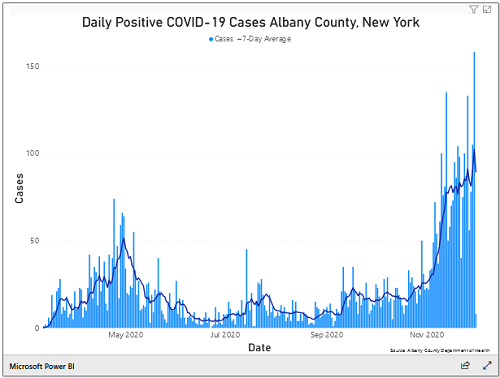One of the very best things about living out on New Fadum Farm is that I get long periods of time where I am left alone with my “mental models”. These periods of solitary contemplation most often involve sharp metal blades and a gasoline engine. When I was younger and we heated with a wood stove and the property was covered with Elm trees that had recently succumbed to Dutch Elm disease, my preferred instrument of contemplation was a chain saw. More recently, during the fall, I find that there is nothing more satisfying than giving a field its final cut before the snow flies, spending the day alone on a tractor with a brush hog behind it. These days, I spend hours every day giving lawns and pastures their first spring cut as well as opening and clearing the walking and ski trails back in the woods. I get to walk alone with my ear protection on behind the yellow Great Dane mower—alone with my “mental models”.
When I was in graduate school and my classmates were studying the advanced properties of math-based simulation models, I was spending much of my time studying the properties of mental models (that, presumably, were supposed to learn lessons from the math-based simulations). I reasoned that important changes in the world of affairs were made by managers, public administrators, and elected officials who were making decisions based on firmly grounded beliefs and knowledge in their individual and collective mental models. I figured that the most important game in town was to understand how our mental models are shaped and informed by math-based models and data. How do data get into our mental models so that we can act on data, not just prejudices or prior hunches?
These days, my mental models have been pre-occupied with the COVID-19 pandemic and Ali’s simulation is the key filter that I use to sort and make sense of data. I should note here again that Ali’s model was not based on any time series from Upstate New York. He was modeling a very similar situation around Tehran. But his model does play out important relationships that occur in all similar systems. His model, I suspect all mathematical models of epidemics, and probably all epidemics in the real world have a key “tipping point” where the dominant forces driving the system shift. It is that points when the numbers of persons recovering from the pandemic exceeds the number of persons getting sick. When this point is reached, the explosive self-reinforcing exponentially-growing power of the pandemics is overtaken by a balancing force of recovery. This point can signal that the epidemic is entering a new mode of behavior and calls for a shift in our public policy responses.
My mental model has become aware that we may be reaching this point because of the acrimonious debate that seems to be breaking out between key political actors. Our governor has mandated lock downs with specific reopening criteria for ten regions in our state. Some elected county officials are now arguing that their counties should be reopened immediately. I stopped mowing the lawn for an hour or two to check out this debate. Fortunately, we live in an era where I can check out the heuristics residing in my mental model by going directly to the data, by-passing the rhetoric and spin. I look to three very good sources for primary data: (1) the CDC is the official statistical repository for such data in the United States, (2) The Johns Hopkins Corona Virus Resource Center is doing an excellent job providing visualizations of these data to the public and researchers, and (3) The New York Times is providing a public service by collecting and disseminating masses of direct data. I wanted to see if the data supported one elected county official who was demanding that his county should reopen immediately. Was his county already clearly past this critical “tipping point” that exists in my mental model? Apparently, it wasn’t.
For me, the important point is that Ali’s model provides me, provides us all, with a clear filter for making sense of the data and knowing what critical points to look for in the data. In Upstate New York, we are not yet “out of the woods”. As of today, at least, we haven’t passed the critical tipping point where it becomes safe to consider a change away from a more stringent lock down policy. Furthermore, even when we get past the tipping point, we will still need to keep in mind the potential bounce back from the second wave.
I hope that our governor and our elected county officials continue to pay attention to data as well as well-known structural properties of epidemics as they guide us through reopening. Since Ali’s model has identified this “bounce back” mode associated with a possible second wave, his simulation sticks in my mental model as an important cautionary tale while I am mowing my back pastures.
This Story Has a Lesson
An important use of simulation models is that they can shape our “mental models” providing us with heuristics for looking for and at data. In Ali’s simulation of COVID-19, an important shift in dominance from a growing to a shrinking pandemic occurs at a critical “tipping point” when there are more persons recovering than getting sick. We need to pay careful attention to local data to know if we are at or near this important shift in dominance because it can suggest a modified set of public policies.





